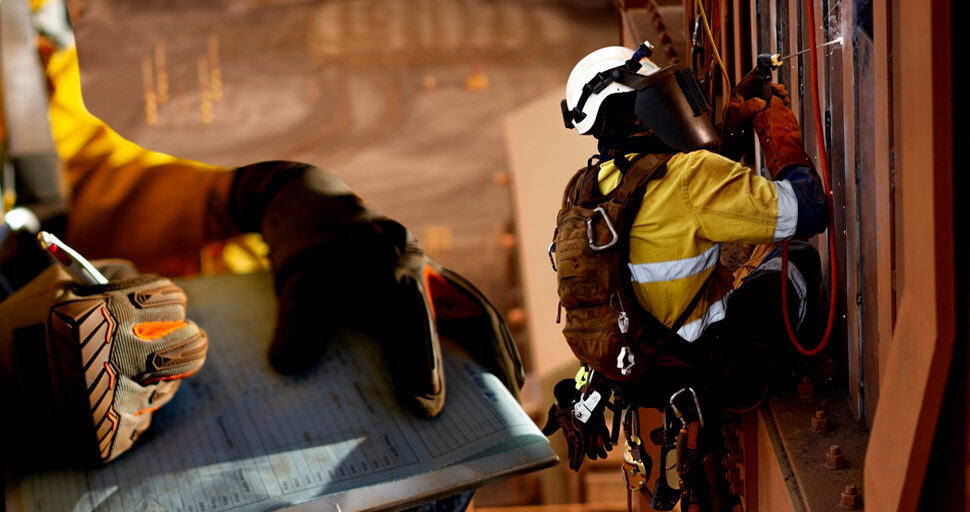Professional services consultancy Deloitte has just issued its report on the top 10 risks shaping the future of mining across the world. The findings are similar to another report from its competitor KPMG.
Those reports and other research pinpoint key challenges confronting Australia’s mining industry. They include processing low-grade ore, increasing depth, climate change and more rigorous social and environmental hurdles.
The list
Australian Mining lists Deloitte’s top 10 risks for the sector as:
- Environmental risks, including preparing for changes due to climate change
- Volatility of commodity prices
- Community relations (a new paradigm needed for Indigenous relations, for example), and the social licence to operate
- Geopolitical instability as well as nationalisation
- Global trade conflicts
- Opportunities to access and replace reserves – the need to reshape traditional value chains
- Permitting risk and regulatory processes for developments
- Risks of supply chain disruption
- Ensuring a talent pipeline because the workforce is ageing. Digital transformation and innovation will help companies attract would-be candidates
- The burden of regulatory and compliance changes.
Risk category #1: Environmental
Environment risks, including new regulations, are the top risk for the sector. There’s a flow-on effect of net zero and decarbonisation targets from the global COP26 summit held last year. Seven out of 10 mining executives said these more stringent targets will disrupt the sector until the end of 2025.
The pressure is on mining companies to create environmental value through addressing climate change as well as improving the environment, says Deloitte. That’s going beyond just complying with regulations around environmental permits and safety issues.
As for Australia’s regulations in this space, keep track of the Federal Government’s Climate Change Bill 2022 here. As of mid-August, it was still in the House of Representatives. If passed, it aims to cut greenhouse gas emissions to 43% below 2005 levels by 2030 and hit zero two decades later.
Risk category #2: Commodity prices
Last year, mining commodity prices soared, signalling the start of a supercycle, when those prices rise significantly. Structural shifts in supply and demand fuels this. Some analysts say may mean prices will stay high for between 10 and 35 years. Those prices may be high now, but their volatility is a risk.
Price volatility is due to changing demand and other influences, such as the Russian-Ukraine War and climate change. We’re also seeing resource nationalism rise globally.
When commodity prices fall, the impacts on mining companies include:
- Lower sales revenue, so shrinking the organisation’s value and triggering changes to the business strategy
- A rethink about the economic viability of production, but also
- Possibly reduced input costs, which could lift profitability and increase business value.
For insights into how to manage commodity risk, check out this guide.
Risk category #3: Community relations and ‘social licence’
Mining company Rio Tinto breached its ‘social licence’ to operate after it detonated part of the culturally and historically significant Juukan Gorge caves in 2020. The site showed evidence of 46,000 years of Indigenous human habitation.
Despite being legal, the destruction resulted in an international and shareholder backlash. Three executives were sacked and an inquiry was held into the matter. This ABC News article explains the company’s inadequate processes and gaps in communication. This tallies with research that shows mining companies explicitly endorse the concept of ‘social licence’ to operate, but their internal communications are often ambiguous and ambivalent.
The CSIRO has developed benchmarks to measure and model ‘social licence’ to help mining companies understand how to go about developing it. Key predictors of stakeholders’ acceptance and trust the mining industry depends on:
- Distributional fairness (how an individual compares their outcome to another’s)
- Procedural fairness
- Confidence in the mining company’s governance.
Insurance – key to your risk mitigation plan
Talk to us for more advice about how to fine-tune your risk mitigation plan. Insurance for mining risks is a highly specialised field, and that’s where our expertise comes to the fore. We can customise a package of policies to suit your operations, whether you’re exploring, in development, or in production.

